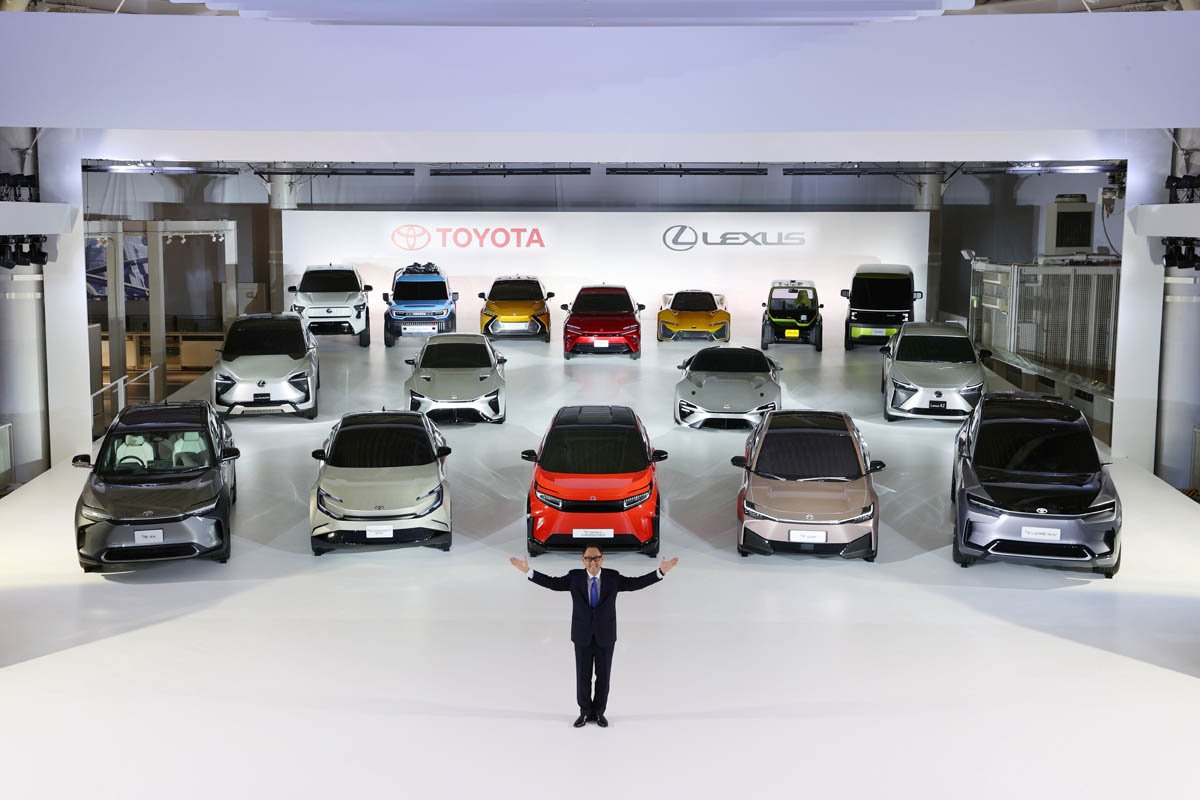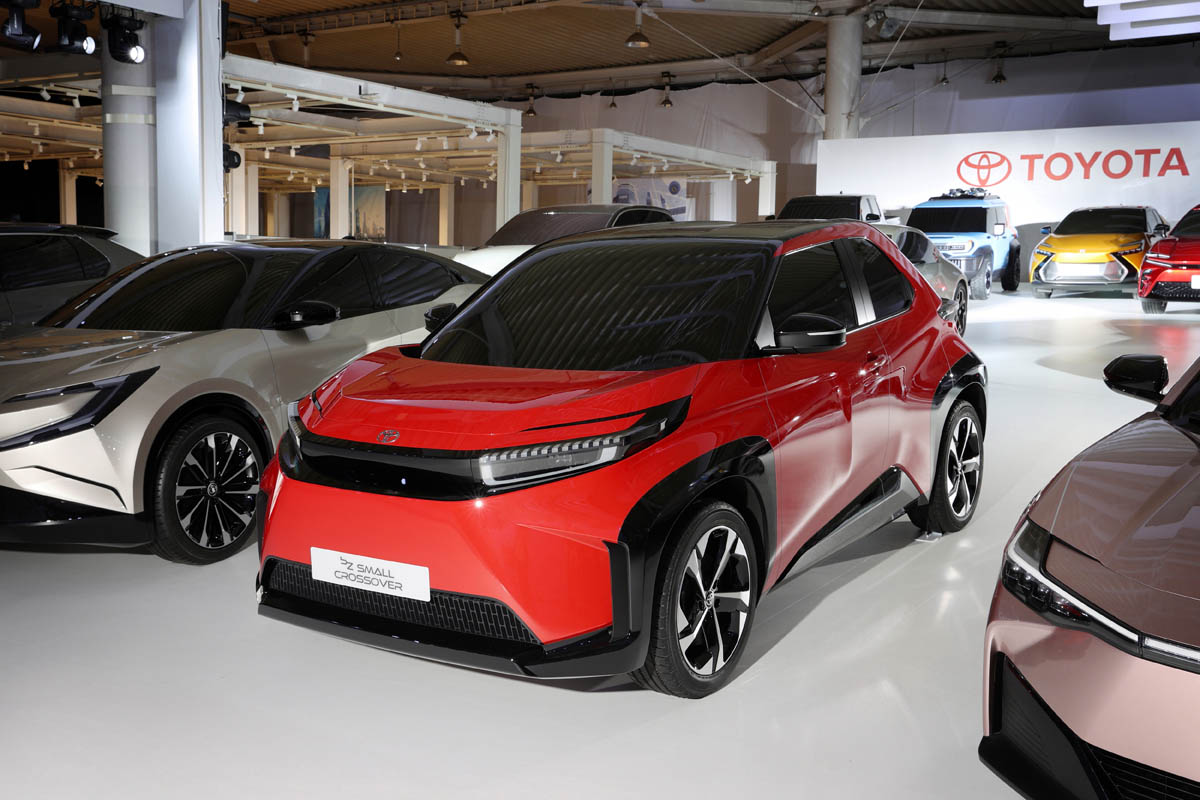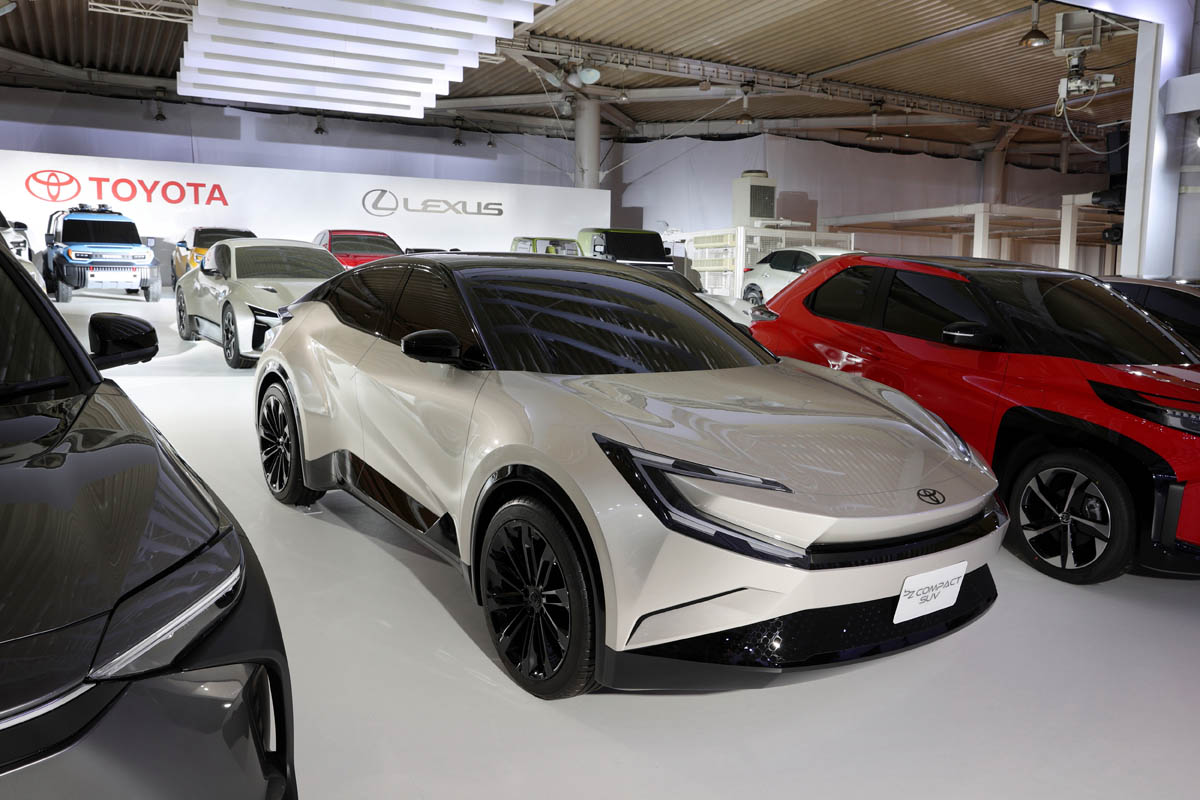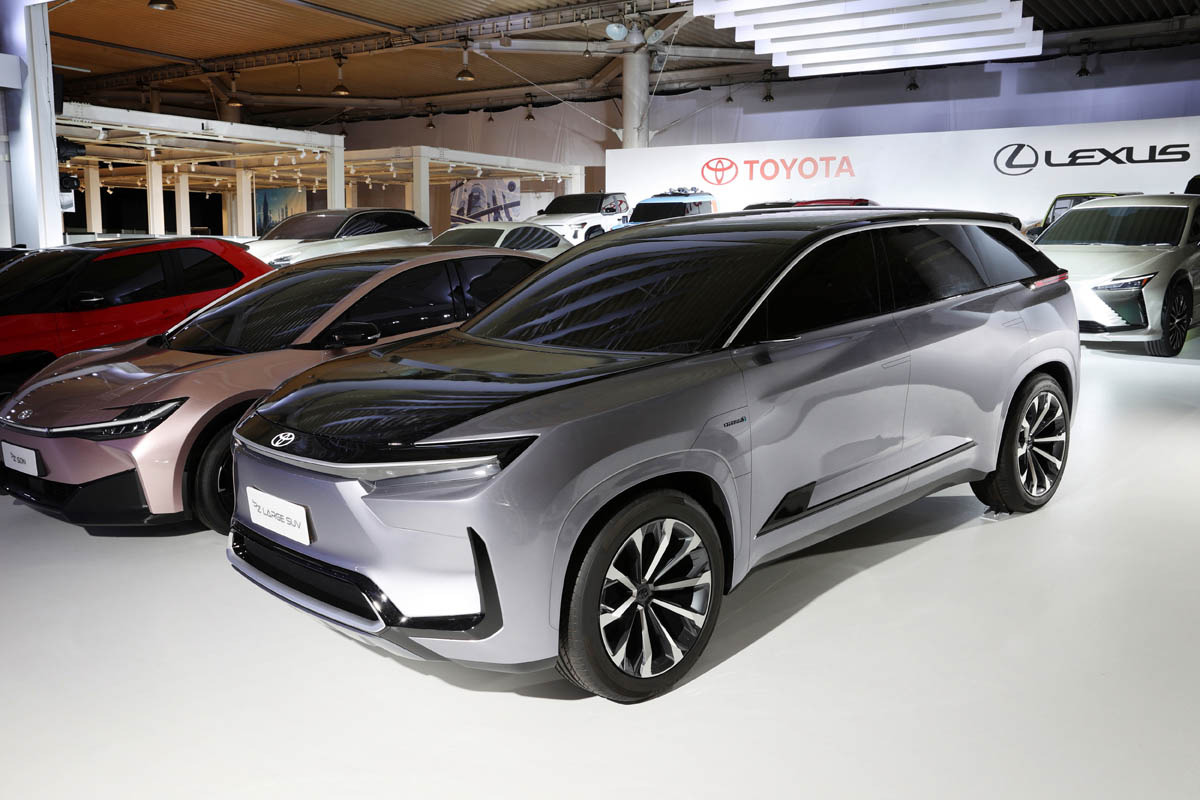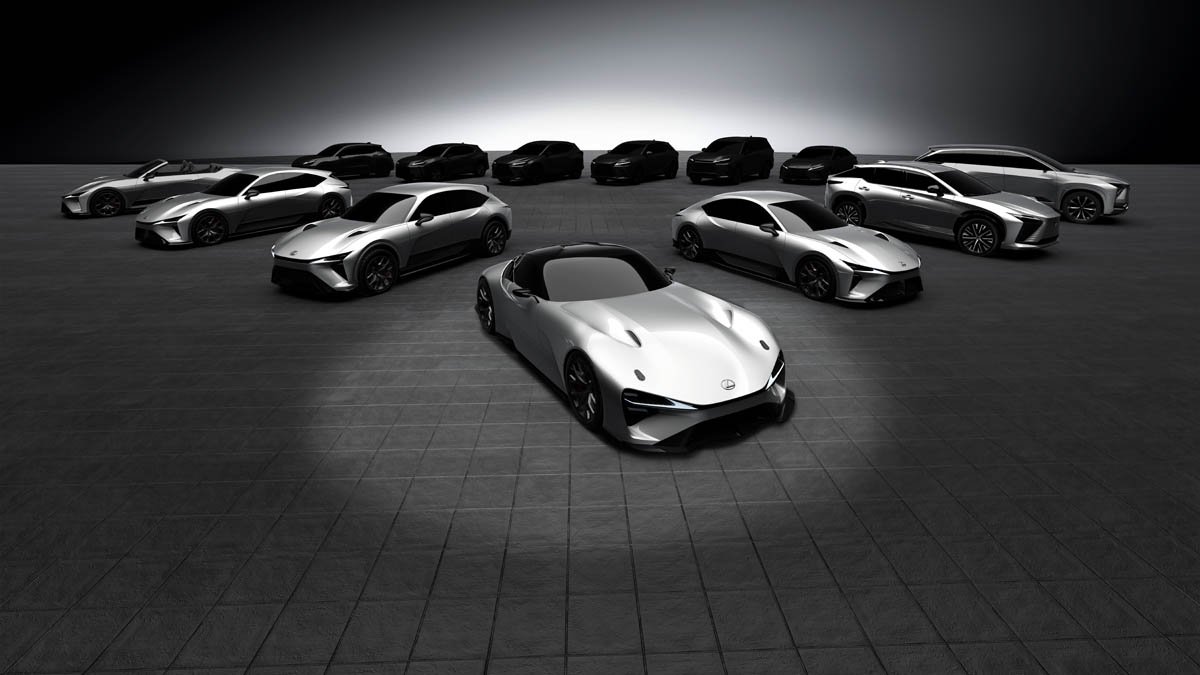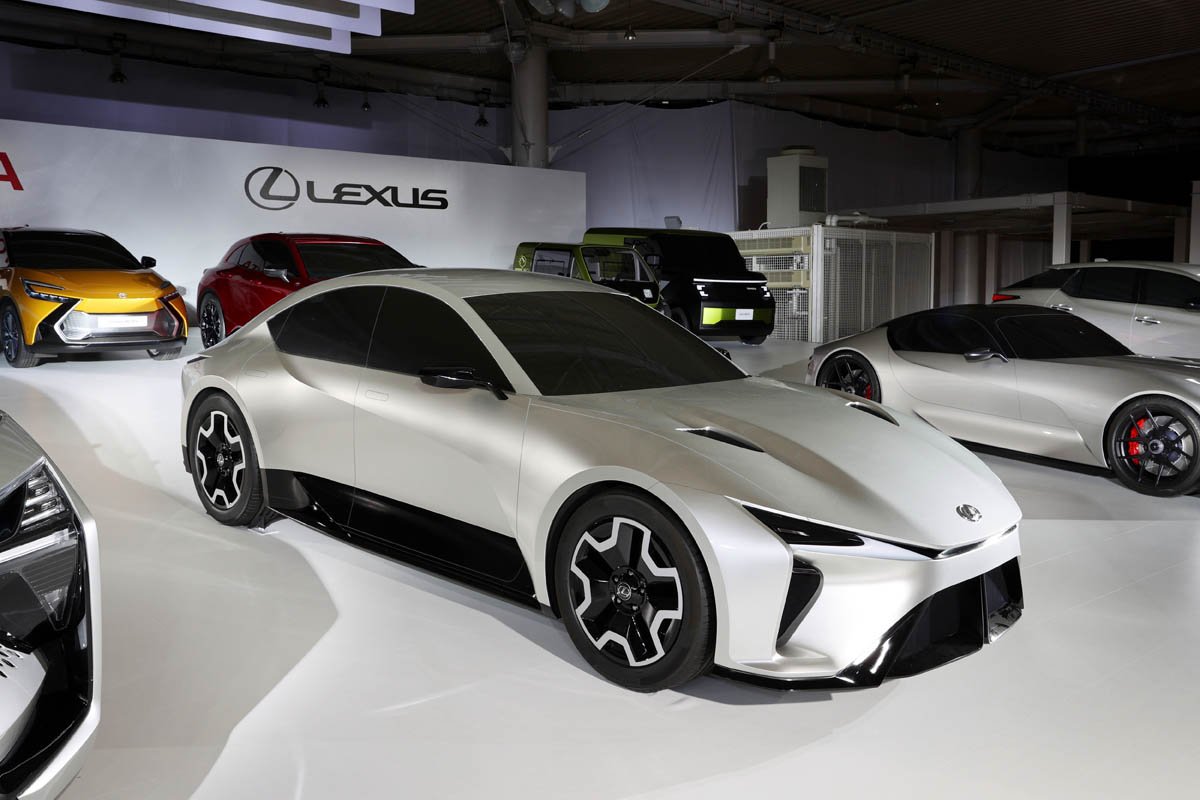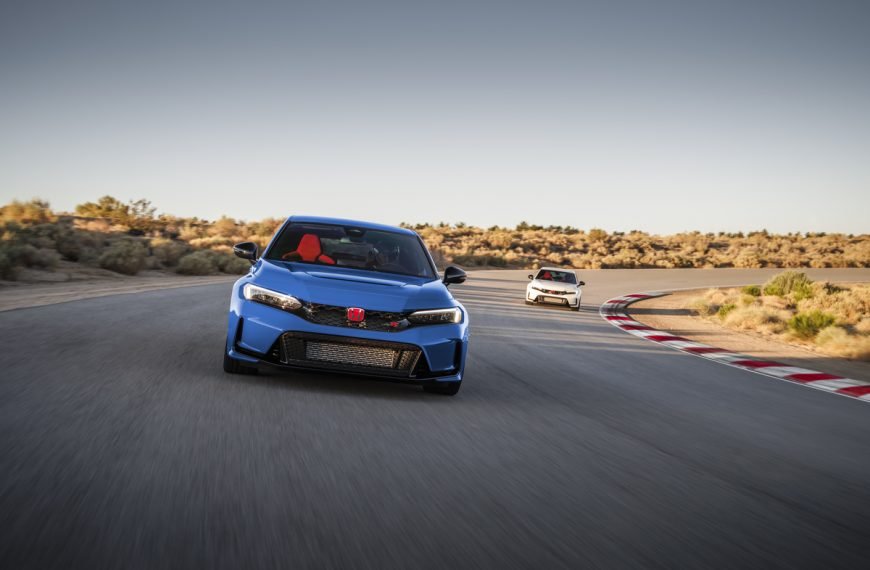Toyota and Lexus Reveal All – Full Lineup of 30 EVs On the Way
EVs for all
In a move that shocked the world (pun intended), Toyota just made a grand reveal of what they have in store for their battery EV strategies.
Having been in the spotlight for vocally denouncing the application of battery EVs (BEVs) in all markets, Toyota president, Akio Toyoda, led the presentation with what many are seeing as a pivot in stance. Although they’ve made massive increases to their investments in battery technologies, Toyota is choosing to take a pragmatic approach to a carbon-neutral future by considering both the ecology and economies at play. Stressing the importance of meeting the diverse needs of different markets, Toyota will be offering a two-pronged approach: carbon-reducing vehicles and carbon-neutral vehicles.
It’s important to realize that certain regions and countries simply can’t support full-electric vehicles. Whether it be due to a lack of infrastructure or BEVs just not making viable economic sense, Toyota will be catering to these markets with efficient carbon-reducing vehicles.
The topic of different markets having unique needs (which are outside of Toyota’s control) reoccured throughout the presentation and Q&A session. Though that’s sure to anger some EV zealots, they may find some solace in the day’s most exciting news: a wide array of upcoming Toyota and Lexus full-electric vehicles.
Beyond Zero (bZ)
First up for Toyota is their bZ lineup of carbon-neutral BEVs. Toyoda-san didn’t go into much detail outside of briefly introducing their future models, but we have been promised the bZ4X SUV in 2022. The bZ cars run on a dedicated global BEV platform and provide different form factors and ranges depending on consumer needs.
The lineup from left to right in the image above consists of the bZ4x, bZ Compact SUV, bZ Small Crossover (for Japan and Europe), bZ SDN (mid-size sedan), and bZ Large SUV (the names are most certainly not final). Though North America won’t be getting the bZ small crossover, Toyota is aiming for a power consumption of 125 Wh/km (200 Wh/mi) – which significantly undercuts the most efficient EVs from Tesla and Lucid on the market today. By reducing weight and realizing the different driving needs of those in Japan and Europe, Toyota believes they can achieve these efficiency figures. After all, drivers in these regions may not need or want a super high range EV (and the increased cost of such a car).
Toyota will also offer battery options of existing models – totaling 30 models by 2030 for both passenger and commercial vehicles globally.
Toyota didn’t go over the cars parked in the back, but it’s clear they aim to build an EV for every segment. From left to right, we have an electric pickup truck (Tacoma… is that you?!), Compact Cruiser EV (FJ Cruiser type of off-road vehicle), Small SU EV (similar to the C-HR), Crossover EV, an unnamed GR sports car, two delivery EVs (Micro Box and Mid Box), and the e-Palette (a fully-autonomous BEV with a wide range of uses from ride-sharing and logistics to mobile shops).
Given that Akio Toyoda is an enthusiast and master driver himself, he emphasized multiple times Toyota’s focus on building EVs that weren’t just efficient and safe, but fun to drive. He reiterates that maintaining driver feel is something they actively pursue; and given their track record of building the sporty GR 86, GR Supra, GR Yaris (and soon GR Corolla), do we have any reason to doubt their capabilities at this point?
Lexus Electrified
Lexus’s lineup takes a more aggressive approach to electrification. The Lexus Electrified program promises the brand will go 100% battery powered in Europe, North America, and China by 2030, and globally by 2035.
Sitting front and center is the crown jewel: a sleek sports car with a 0-100 kph (0-62 mph) time under two seconds and a range of 700 km (~435 miles). Toyoda-san says the low-slung sports car will have “secret sauce” derived from techniques and technologies developed during the Lexus LFA’s production. Sitting as Lexus’s future halo car, the unnamed coupe will potentially use solid state batteries and direct the brand’s direction and design philosophy moving forward.
Again, Toyota didn’t go into details with the other models, but we know the RZ SUV will be the first of Lexus’s new EVs to go on the market. Akio Toyoda and Koji Sato, president of Lexus and Gazoo Racing, showed off the RZ’s driving characteristics on track in a short video during the presentation. After breaking into laughter at the EV’s fast acceleration and road-hugging all-wheel drive, Toyoda-san capitalized on the importance of maintaining Lexus’s “feel” as they transition to electric technologies. Being environmentally friendly is important, but their cars must be fun to drive as well. The RZ shares the same underpinnings as the Toyota bZ4X and Subaru Solterra.
Since no official information was released outside of the RZ and halo sports car, we can only extrapolate future offerings by comparing them to Lexus’s current lineup. The car furthest left in the image above looks to be an LC type of grand touring coupe. A sexy new wagon or shooting brake design sits to its right (looks mighty tasty if you ask us). Following those two are what looks to be an NX type of compact crossover, an IS-looking sedan, the aforementioned RZ SUV, and a larger LX or GX-esque three-row SUV.
The cars shrouded in darkness in the background are newer versions of Lexus’s existing models that will be receiving full battery-powered options. It’s important to note that not all of these models will be global releases – with some being reserved for certain markets like Japan and China. From left to right, we see a new compact crossover, UX crossover, NX crossover, RX SUV, the rumored TX three-row SUV, and IS sedan (or maybe the ES?).
If we had to make a guess, we’d assume the cars in the back are actually coming sooner than the ones out front (except for the RZ – that’s coming in 2022). With Lexus Electrified being a program that aims to transform the brand by 2030, we think Lexus’s current lineup will receive battery options by 2025 with the newer models releasing within the five years after.
Getting into the raw numbers, Toyota and Lexus are targeting a combined production of 3.5 million BEVs globally by 2030 (up 1.5 million from their previous target of two million EVs). One million of those BEVs will be from Lexus with the other 2.5 million being Toyota models.
Toyota has also increased their investments in batteries from 1.5 trillion yen to two trillion yen. Taking this into account, we now have figures of four trillion yen for BEVs (two of which are for batteries), four trillion yen for HEVs (hybrid electric vehicles), PHEVs (plug in hybrid electric vehicles), and FCEVs (fuel cell electric vehicles)… holy acronyms, Batman! This totals eight trillion yen for R&D and CAPEX from 2022 to 2030 – tentative figures as technological advancements and improvements to efficiency are made. Toyota is also targeting 2035 for carbon neutral plants.
In addition to the insane announcements of 30 full electric cars, Toyota held a Q&A panel session afterwards that yielded some insights that weren’t covered during their presentation.
When asked about hydrogen vehicles, Toyoda-san stated that GR is exploring their application for use in motorsports. He believes the evil is in burning carbon; and if it’s possible to develop ICE vehicles without carbon emissions, it may be something they can offer to certain countries and markets. As such, they will not be dropping development of internal combustion hydrogen engines. Toyoda-san also acknowledged the differences in excitement between EVs and ICE vehicles – mentioning the sound and smell of ICEs compared to smooth and quiet, yet fast, operation of EVs. He believes they will be able to achieve equal, if not higher, levels of excitement as battery technologies enable them to develop a variety of fun, safe, and fast EVs.
Regarding pricing, cost reduction is a priority for Toyota. Although it’s not yet possible to produce EVs at the same prices as their ICE counterparts, improvements in power efficiency will inevitably reduce battery costs. Toyota says they’re employing a variety of technologies developed from their years of experience building hybrids to help improve power efficiency – but we’ll have to wait for official figures when these cars come to market. For reference (and taken with a grain of salt), the upcoming bZ4X is rumored to cost around $40,000 while Toyota’s similar sized RAV4 starts at around $26,000 (the RAV4 Prime hybrid starts around $38,000).
It’s not like Toyota and Lexus to reveal their hand and drop a massive release like this; but with increased tensions surrounding global emissions policies and an onslaught of scrutiny towards Toyota, they probably felt it was time to lay out their EV strategies. With an upcoming lineup of 30 fully electric vehicles, the EV zealots and critics should have less to complain about… but this is the internet, so we’re sure they’ll still find something to dislike.
Are you excited about any of the cars Toyota and Lexus revealed in their EV strategies briefing? We’re particularly interested in the cars Toyota had in the background – namely the electric pickup truck, Compact Cruiser EV, and unnamed GR sports car. Let us know what you think in the comments down below!
If you’d like to watch the media briefing yourself, you can check it out here.


